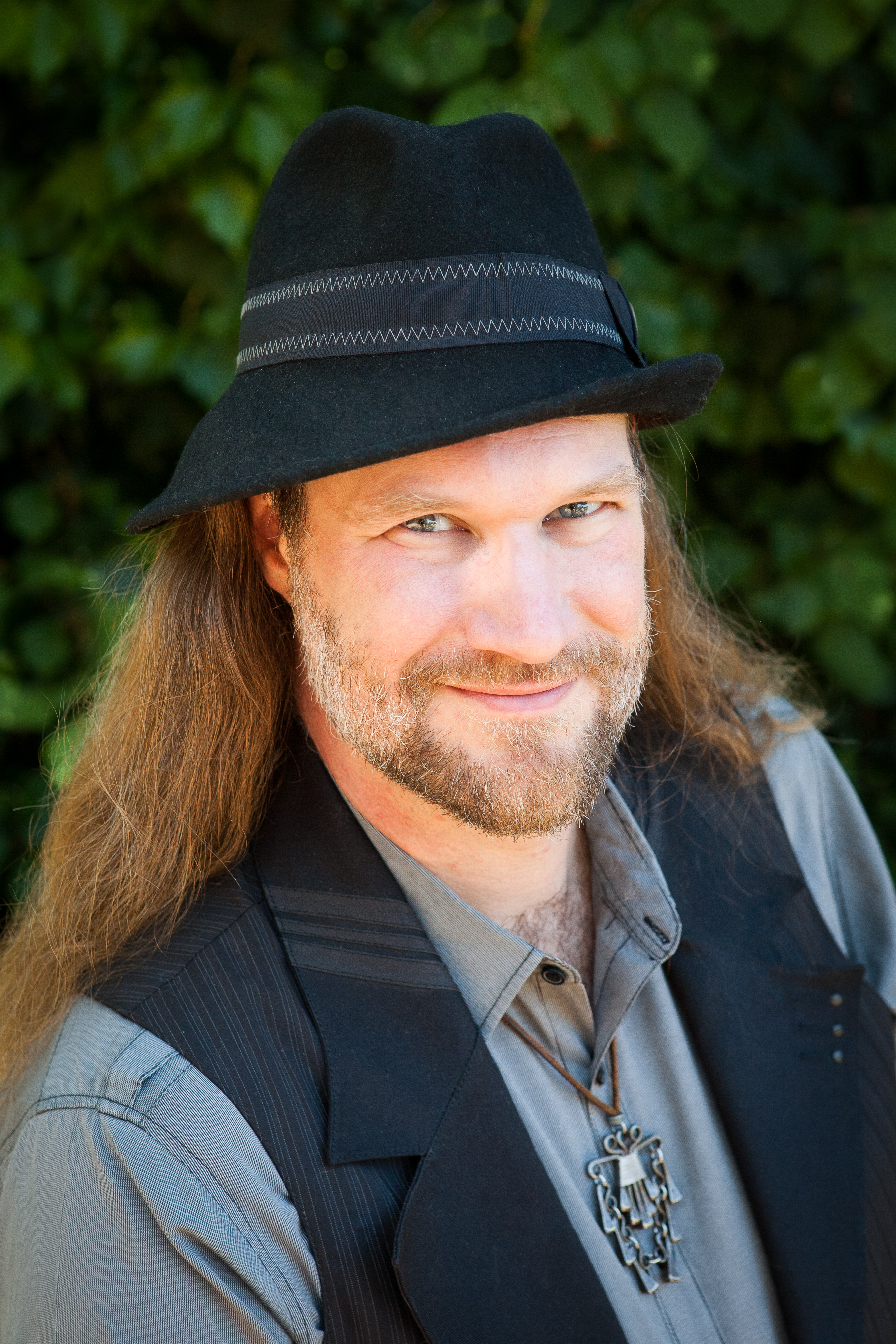As discussed in my last post, I gave a presentation while at EPFL in Lousanne, Switzerland, and was then interviewed by Brian Rose for the “London Real TV” Besides the interview, Brian also posted the entire 1 hour lecture! I’ve been wanting to get the presentation on film for sometime, so I’m really thankful for finally having the ability to share it widely. I’ve linked it below the talk abstract so you can enjoy it.
Title:
Dynamic Tensegrities: Foundation for Motion and Thought.
Abstract:
There is a fundamental connection between understanding our daily human experience and understanding how we move. Our brains exist to coordinate motion, so if we wish to understand how we think, feel, and relate to others, we should start by understanding how we move. The control of human and robotic motion is intimately tied to the structure that is being moved, and emerging theories of vertebrate physiology are overturning the traditional bone-centric model of the body in favor of a fascia-centric model where the primary load paths are in the continuous tension network of the soft-tissue. Tensegrity structures distribute forces globally through a continuous tension network while their compression elements do not touch or pass compressive loads to each other. They have many physical properties, such as high strength to weight and multi-path force distribution, which make them ideally suited for robust motion through dynamic natural settings, yet pose new challenges for controls.
This talk will discuss the unique properties of tensegrity structures and how they appear to be a foundational part of our bodies and how we move. Challenges in controlling tensegrities will be discussed, including thoughts on how they may be especially appropriate for “Central Pattern Generator (CPG)” based oscillatory controls, enabling a natural coupling from controller to structure to environment. Finally, the talk will conclude with an overview of my current research into dynamic tensegrity structures, both physical robots and physics based simulations, whose purpose is to be a platform for controls research.
Note: It has come to my attention that in rearranging slides for the above talk, I inadvertently removed an important slide which gives credit to Stephen Levin as the original thinker behind the BioTensegrity concept. You can read more about his ground breaking work on his web site, and I have provided a brief overview in an earlier post on BioTensegrity. I would also like to thank Tom Flemons once again for his inspirational work in developing the anatomically inspired tensegrity models shown in the presentation.
Update For more information on recent research on tensegrity robots, see my recent posts on a Tensegrity Lander, and a Tensegrity Snake.




0 Responses
Stay in touch with the conversation, subscribe to the RSS feed for comments on this post.